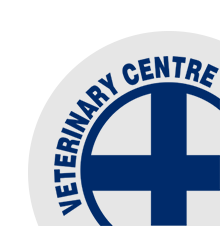Recording Clinical Mastitis Cases
/Please record your clinical mastitis cases
The rules are getting more restrictive about being able to use whole herd antibiotic dry cow therapy (DCT). Most of you are steadily transitioning away from whole herd antibiotic DCT and are comfortable with it. However some herds will still require whole herd antibiotic DCT but there are criteria that the Vet Council are expecting us as the authorising vets to have met, to authorise the usage of whole herd antibiotic DCT. Two of the five criteria are based on the incidence rate of clinical mastitis (number of cases per 100 cows). One of these measures is the amount of dry period mastitis – this is traditionally very poorly recorded – if you did have some please record it into MINDA. Even if you are not considering using whole herd antibiotic DCT please get your mastitis records entered in MINDA as this data is also valuable for making decisions at the individual cow level.
To make the best decisions regarding a cow at drying off for selective DCT (is she a high or low risk of having an infection?) we do need data. Herd test data is the best, and the addition of her treatment history (clinical mastitis records) is likely to make a difference to an individual cow. Interestingly the proportion of cows correctly classified does not seem to have altered much (in some papers that have looked at the best decision-making rules) whether mastitis data is included or excluded, but these results are at a population level not for an individual cow. An individual cow is either infected or clean, not 70% infected, so please enter your mastitis data.





